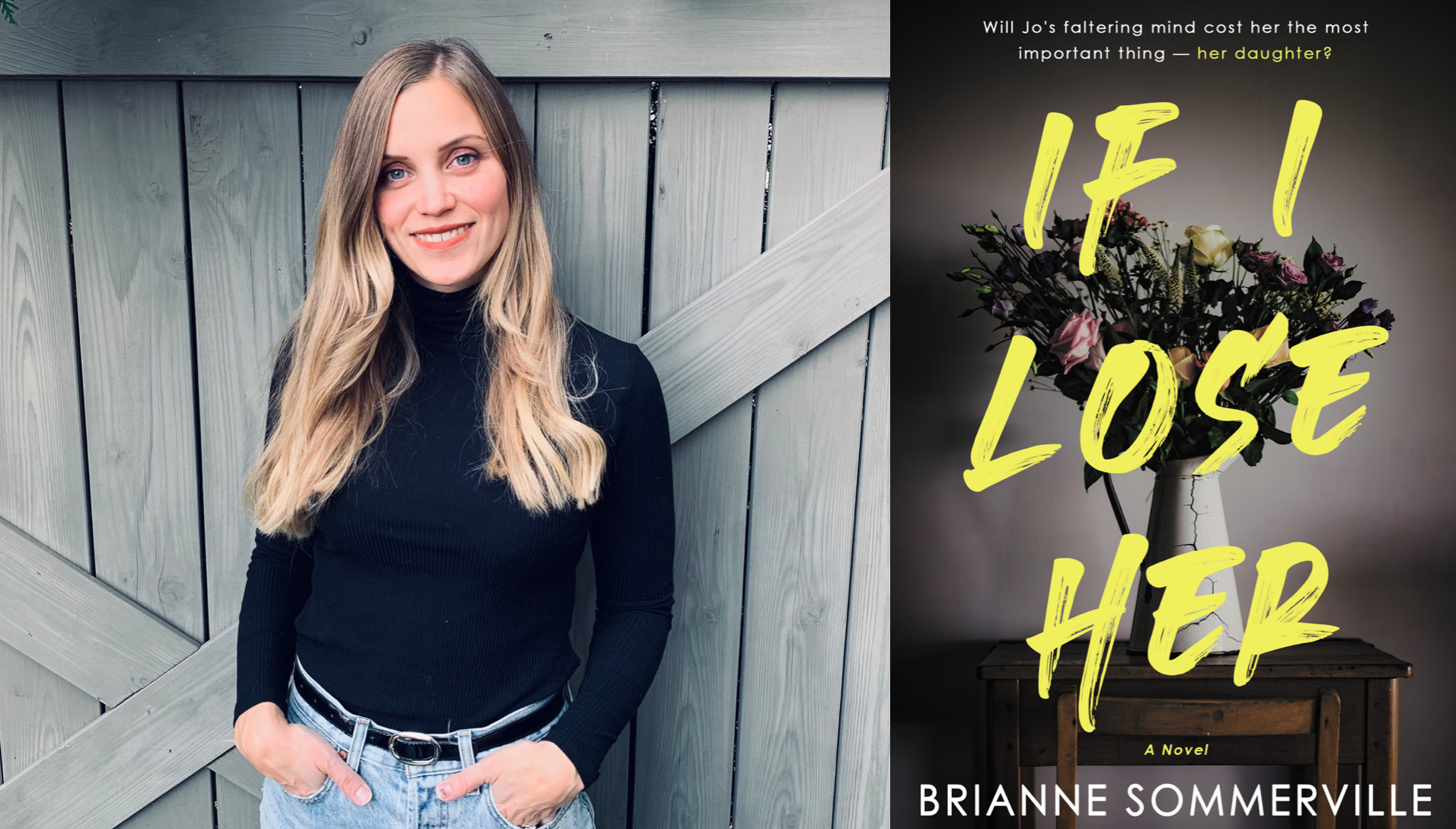
By Lyle Solomon
Buying a home as a single person is difficult for everyone’s finances, but it disproportionately affects single women. According to research, single women pay an additional 2% when purchasing a home and receive an additional 2% when selling.
So if a woman just sold her house for a little less than a man could have gotten for it, she is also at a financial disadvantage when she goes house hunting. Whether they are in the market to buy or sell, the best thing women can do to protect themselves financially is to do their homework.
Why do women pay more interest rates than men?
Getting a mortgage is more challenging for women than men, and when they do, they often pay higher interest rates.
A borrower’s income is a significant factor in their mortgage interest rate, and women typically earn less than men. Women usually have lower incomes, which translates to a lower credit score and a smaller down payment. As a result, female borrowers must pay higher interest rates and borrow more money overall.
Women with lower incomes have higher debt-to-income ratios (DTI). Many of them cannot cover their living expenses with the meager amount they earn. As such, they are forced to pay bills with credit cards and get into debt. This often results in a higher debt-to-income ratio. Some women enroll in a debt settlement program to lower their debt-to-income ratio. Others prefer to consolidate debts. But the question is, how many people are wise enough to walk on that path?
A low debt-to-income ratio (DTI) can have a negative impact on a borrower’s ability to refinance a loan and even their credit score. Women in comparable demographics often cannot get better mortgage rates due to lower credit scores.
We all know that products aimed at women, such as razors and pens, incur an additional “pink tax.” However, recent data analysis of the study, as mentioned earlier, reveals that the two most significant household expenses, cars, and home ownership, are also more costly for women than men. Car and home ownership, including purchasing, maintenance, and insurance, can cost women up to $37,000 more than it does men (buying, selling, and a 30-year mortgage).
Each state’s housing market determines how much money women lose when buying and selling a home. However, the percentage of women involved in buying and selling does not change depending on factors such as race, income, or level of education. The research found that, compared to men, women routinely paid 2% more for purchases and 2% less for sales.
This could be because societal norms expect women to be more generous than men when making a purchase or sale. One term for this is “gender expectations.” Social norms may place a premium on women being the more courteous, generous, and considerate of the sexes. The idea behind it is that the house sale should be profitable for both the buyer and the seller. Other types of implicit bias are at play here as well. Whatever the case, it points to a substantial “pink tax” being levied against female homebuyers and sellers.
How can women ensure a fair price when purchasing or selling a home?
There are a few ways women can ensure they get a fair price when buying or selling a home.
Keep track of market conditions
Before listing your home for sale, and it’s a good idea to research similar homes currently on the market and properties that have sold recently in your area. It’s essential to learn about the market. Similarly, purchasing a house is a big commitment. Compare the home’s fair market value to the asking price and the offer you’re thinking of making. Do a pre-offer inspection on the house to determine the costs you might be looking at if you buy it.
Work with people you can trust
Whether you are buying or selling, make sure you work with people you can trust and who have your best interests at heart. Licensed real estate and buyers’ agents specialize in serving those buying a home and can help homebuyers negotiate the lowest possible offer for the home they wish to purchase. In the same way, licensed real estate agents specializing in selling homes can help sellers make sure they get the most money for their homes.
Some women also prefer to work with a female agent who may best understand their needs and unique challenges. Taking recommendations from people in your network is a good idea. If you don’t know anyone who has recently gone through the buying and selling process, ask for referrals before you start working with an agent.
What should women do to get the best mortgage rate?
The study found that, compared to men, mortgage rates for women were higher by 0.04% on average. Although progress is being made, women still earn significantly less than men. Because of their lower incomes, women are more likely to take out loans. As a result, average credit scores drop, which causes interest rates to rise. Depending on the home’s price and the loan’s length, an increase of just 0.04% in the interest rate over 30 years could cost you an extra $5,100.
Understanding and researching mortgage rates
In order to reduce the risk of paying more for your mortgage than necessary, it is vital to have a solid understanding of the current mortgage rate and shop around to find the best available rate. Factors such as your income, credit history, loan term, and down payment will all factor into your interest rate.
If your income or credit score has recently increased, or if the average interest rate drops, you can re-shop your home loan to determine whether or not a more favorable mortgage rate is available. There is always the possibility of refinancing your mortgage with a new lender on better terms, such as a lower interest rate or smaller regular payments.
Pay a 20% down payment
When it comes to buying a home as a single woman, one of the biggest obstacles is saving for a down payment. The rule of thumb is that the lower the interest rate, the larger the down payment must be. Private mortgage insurance (PMI) premiums are typically added to the mortgage payment by lenders for borrowers whose loan-to-value ratios are above 80%.
In order to avoid private mortgage insurance (PMI), home-buying women should plan to put down at least 20% of the purchase price. Saving for a home’s down payment can begin at any time. The best practice is to open a dedicated “down payment” savings account and have a predetermined amount, say $100, deducted from each paycheck and deposited there.
Bottom line
It is difficult for a woman to survive in a male-dominated world. Most of this stems from biased points of view, low income, and a lack of financial literacy. Low-income women generally speaking do not invest their money and can accumulate more debt than men. Therefore, it is essential to provide solutions for problems like these and help women build a solid financial standing. Women should be offered resources and support to understand their financial situation, and learn about different debt settlement and consolidation ways to help them manage debt.

Lyle Solomon has extensive legal experience, in-depth knowledge, and experience in consumer finance and writing. He has been a member of the California State Bar since 2003. He graduated from the University of the Pacific’s McGeorge School of Law in Sacramento, California, in 1998 and currently works for the Oak View Law Group in California as a principal attorney.
















